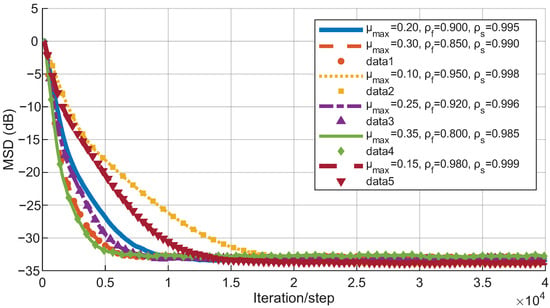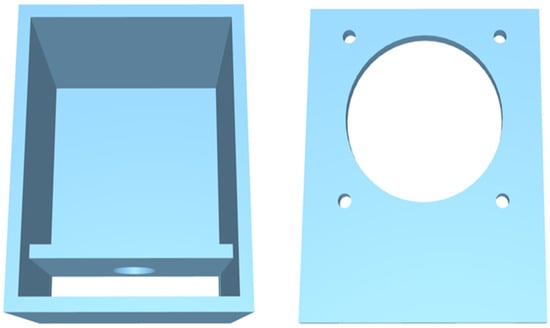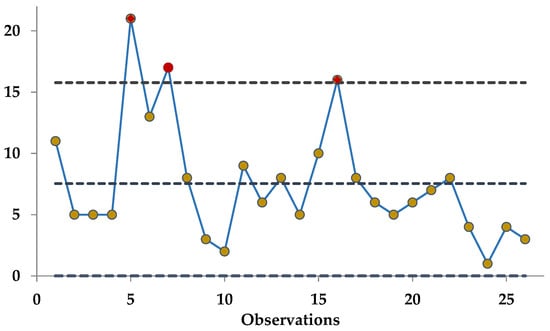- Article
An Improved Variable Step-Size Normalized Subband Adaptive Filtering Algorithm for Signal Clipping Distortion
- Jiapeng Duan and
- Bo Zhang
The safe and stable operation of power systems and other dynamic systems relies on accurate perception of their dynamic processes. Voltage, current, and other measurement signals carry critical information about the system’s state. However, under conditions such as equipment damage, aging, and non-ideal operational conditions of devices under test, over-range phenomena may occur, leading to biased estimation issues in adaptive filters. To address this problem, this paper proposes a variable-parameter subband adaptive filtering algorithm with signal clipping distortion awareness. The algorithm first uses the Expectation-Maximization (EM) process to achieve high-fidelity restoration of damaged signals. Then, by integrating an intelligent steady-state detector and a dual-mode control mechanism, the adaptive filter can adjust key parameters such as step-size, forgetting factor, and regularization parameter based on state perception results. Finally, theoretical analysis proves the unbiased nature of the proposed method. Validation using real-world data from a high-penetration renewable energy power system shows that the algorithm achieves fast tracking during transient events and provides high-precision estimation during steady-state operation, offering an effective solution for real-time, high-accuracy processing of dynamic measurement data in power systems.
12 December 2025





